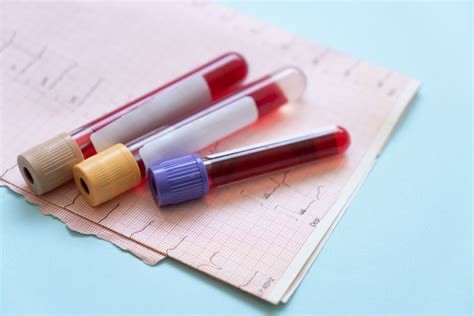
The Importance of Testing for Coronary Heart Disease
Heart disease is the leading cause of death in the U.S. for both men and women over the age of 40. Coronary heart disease (CHD), a common type of heart disease, is caused by atherosclerosis or hardening and narrowing of the arteries. CHD can lead to serious consequences such as heart attacks and strokes if not diagnosed and treated early enough. Thus, it is crucial to test for CHD regularly to prevent its onset or manage its progression. In this post, we’ll cover the various tests available for CHD and why they matter.
Blood Tests: Your blood lipid profile can help assess your risk for CHD. High levels of total cholesterol, low-density lipoprotein (LDL) cholesterol, and triglycerides combined with low high-density lipoprotein (HDL) cholesterol levels can increase your risk for CHD. You may also test for inflammation markers such as C-reactive protein (CRP) that can indicate the presence of atherosclerotic plaques in your arteries.
Electrocardiogram (ECG): An ECG can detect abnormal heart rhythms or electrical activity that may indicate prior heart damage from a heart attack. An exercise stress test (ETT) can show how well your heart functions under physical exertion.
Echocardiogram: An ultrasound of your heart can check if the heart valves, chambers, and walls are functioning properly and whether the heart muscle is sufficiently supplied with blood.
Coronary Angiography: A catheter is inserted into an artery in your groin or wrist, and dye is injected to show any blockages in your coronary arteries that supply blood and oxygen to the heart muscle. This method is also known as cardiac catheterization.
Cardiac Calcium Scoring: Uses a computed tomography (CT) scan to measure the amount of calcium deposits in the coronary arteries. A high score can indicate the presence of atherosclerotic plaques, even when the arteries are not completely blocked.
Testing for CHD is a crucial part of managing your cardiovascular health. Through various methods such as blood tests, ECG, echocardiogram, coronary angiography, and cardiac calcium scoring, you can identify your risk factors for CHD, detect early signs of heart damage, and optimize your lifestyle and medical interventions to prevent CHD complications. If you are over 40, it’d be worthwhile consulting with your healthcare provider and exploring the best tests for your CHD risk stratification. Remember, CHD is preventable and manageable when detected early and treated with prompt and holistic care.
Here’s the link to what I use to support my cardiovascular system.
Get my free guide “Anti _Inflammatory Guide - foods to avoid, foods to enjoy!”
Ask me about the 11 day jumpstart to lose 7-15 lbs and reduce inflammation.
Disclaimer: The information in this article is for educational purposes only and should not be considered medical advice. Please consult with a healthcare professional before making any changes to your diet or lifestyle.
















0 Comments